How Do I Know How Much Ram I Have? Understanding your computer’s Random Access Memory (RAM) is crucial for optimizing performance. This comprehensive guide, brought to you by HOW.EDU.VN, will walk you through the steps to check your RAM capacity, type, and usage on Windows and macOS. Optimize computer performance and enhance operational efficiency.
1. Why Understanding Your RAM Is Important
RAM is your computer’s short-term memory, used for actively running programs and data. Knowing your RAM specifications allows you to:
- Diagnose Performance Issues: Determine if insufficient RAM is causing slowdowns.
- Optimize Resource Allocation: Manage running applications to prevent memory overload.
- Plan Upgrades: Decide if a RAM upgrade is necessary to improve performance.
- Ensure Software Compatibility: Confirm that your system meets the minimum RAM requirements for new software.
2. Different Search Intent Behind The Question
When users search “how do I know how much RAM I have,” their intent often falls into one of these categories:
- Basic Information Retrieval: Simply wanting to know the total RAM installed on their system.
- Performance Troubleshooting: Suspecting RAM limitations are causing performance issues and wanting to check available memory.
- Upgrade Planning: Considering a RAM upgrade and needing to know the current RAM specifications for compatibility.
- Software Compatibility: Verifying if their system meets the RAM requirements for specific software or games.
- System Monitoring: Regularly checking RAM usage to optimize performance and prevent slowdowns.
3. How to Check RAM on Windows Operating Systems
Understanding the amount of RAM in your Windows computer is essential for assessing its performance capabilities. Here’s how to check it on different versions of Windows.
3.1. How to Check RAM on Windows 11
Windows 11 offers a straightforward way to check your RAM:
-
Open Settings: Click on the Start button, then select the Settings icon (gear icon).
-
Navigate to System: In the Settings window, click on “System.”
-
Go to About: Scroll down in the System menu and click on “About.”
-
Check Device Specifications: Under the “Device specifications” section, you’ll find “Installed RAM,” which displays the total RAM capacity of your system.
-
Example: It might read “Installed RAM: 16.0 GB (15.9 GB usable),” indicating that your computer has 16 GB of RAM installed, with a small portion reserved for hardware.
3.2. How to Check RAM on Windows 10
The process is similar to Windows 11:
-
Open Settings: Click on the Start button, then select the Settings icon.
-
Navigate to System: In the Settings window, click on “System.”
-
Go to About: Scroll down in the System menu and click on “About.”
-
Check Device Specifications: Look for “Installed RAM” under the “Device specifications” section to see your total RAM capacity.
-
Example: The display might show “Installed RAM: 8.00 GB (7.88 GB usable),” indicating 8 GB of RAM is installed.
3.3. How to Check RAM on Windows 7
For those still using Windows 7, follow these steps:
-
Open the Start Menu: Click the Windows Start button.
-
Right-Click on Computer: Find “Computer” in the Start menu, right-click on it, and select “Properties.”
-
View System Information: In the System window, look for the “Installed memory (RAM)” section.
-
Example: It will display the amount of RAM installed, such as “Installed memory (RAM): 4.00 GB.”
4. Understanding RAM Types (DDR3, DDR4, DDR5)
Knowing the type of RAM your computer uses is essential for upgrades and compatibility.
4.1. What is DDR?
DDR stands for Double Data Rate. It allows for multiple simultaneous file transfers, improving the speed at which data is accessed. Newer generations of DDR offer faster performance. DDR5, the latest version, provides significantly higher bandwidth compared to DDR4. The higher the DDR version, the quicker your CPU can access needed data.
4.2. Why Is RAM Type Important?
Different DDR versions are incompatible. For example, DDR4 RAM cannot be used in a motherboard slot designed for DDR3 or DDR5. Knowing your RAM type ensures you purchase compatible upgrades.
4.3. How to Check RAM Type on Windows
Use CPU-Z, a free third-party tool, to check your RAM type:
-
Download CPU-Z: Download and install CPU-Z from CPUID’s official website.
-
Launch CPU-Z: Open the CPU-Z application.
-
Navigate to the Memory Tab: Click on the “Memory” tab.
-
Find Memory Type: Under the “General” section, you will find the “Type” of your RAM listed.
-
Example: The memory type might be listed as “DDR4” or “DDR3,” indicating the type of RAM your system uses.
5. Monitoring RAM Usage on Windows
Checking how much RAM your computer is using helps you identify memory bottlenecks and optimize performance.
5.1. Using Task Manager
Task Manager provides real-time information about RAM usage:
-
Open Task Manager: Right-click on the Taskbar and select “Task Manager.” Alternatively, press Ctrl + Shift + Esc.
-
Go to the Performance Tab: Click on the “Performance” tab.
-
Select Memory: In the left sidebar, click on “Memory.”
-
View RAM Usage: The right pane displays detailed information about your RAM usage, including total RAM, available RAM, and RAM speed.
-
Check Processes: To see which applications are using the most RAM, open the “Processes” tab in Task Manager. You can close unnecessary programs to free up memory.
5.2. Reducing RAM Usage
If you find that your RAM usage is consistently high, consider the following tips:
- Close Unnecessary Programs: Close any applications that you are not actively using.
- Disable Startup Programs: Prevent programs from automatically launching at startup by managing them in Task Manager (Startup tab).
- Use Lightweight Software: Opt for lightweight alternatives to resource-intensive applications.
- Update Drivers: Ensure that your drivers are up to date to avoid memory leaks and other issues.
- Run Disk Cleanup: Remove temporary files and other junk data that can slow down your system.
- Defragment Your Hard Drive: If you are using a traditional hard drive (HDD), defragmenting it can improve performance.
6. Checking RAM on macOS
For macOS users, understanding how to check RAM is just as crucial for maintaining optimal system performance.
6.1. How to Find Total RAM Capacity
Follow these steps to check how much RAM is installed on your Mac:
-
Open the Apple Menu: Click the Apple icon in the top-left corner of the screen.
-
Select About This Mac: Choose “About This Mac” from the dropdown menu.
-
View Memory Information: In the “Overview” tab, you will see the amount of RAM listed next to “Memory.”
-
Example: The display might show “Memory: 8 GB 2400 MHz DDR4,” indicating that your Mac has 8 GB of DDR4 RAM.
6.2. How to Check RAM Type on macOS
To find out the type of RAM your Mac uses:
-
Open Spotlight Search: Click the magnifying glass icon in the menu bar or press Command + Space.
-
Type System Information: Type “System Information” and press Enter.
-
Navigate to Memory: In the System Information window, select “Memory” from the left sidebar.
-
View Memory Details: The right pane will display detailed information about your RAM, including the type, speed, and size of each module.
-
Example: You might see entries like “Type: DDR4,” “Speed: 2400 MHz,” and “Size: 4 GB” for each RAM module installed.
6.3. How to Monitor RAM Usage on macOS
Activity Monitor allows you to monitor RAM usage in real-time:
-
Open Finder: Click the Finder icon in the Dock.
-
Go to Utilities: Click “Go” in the menu bar, then select “Utilities.”
-
Open Activity Monitor: Double-click “Activity Monitor” in the Utilities folder.
-
Click the Memory Tab: In Activity Monitor, click the “Memory” tab.
-
View RAM Usage: This tab displays real-time information about your Mac’s RAM usage, including memory pressure, used memory, and cached files.
-
Identify Memory-Intensive Processes: You can sort processes by memory usage to identify which applications are using the most RAM.
7. Determining If You Need a RAM Upgrade
Deciding whether to upgrade your RAM depends on your computer usage and performance.
7.1. Signs You Need More RAM
- Slow Performance: Your computer frequently slows down, especially when running multiple applications.
- Frequent Freezing or Crashing: Programs freeze or crash unexpectedly due to memory limitations.
- Slow Application Loading: Applications take a long time to load and respond.
- Disk Swapping: The hard drive is constantly working as the system swaps data between RAM and disk.
- “Out of Memory” Errors: You receive “Out of Memory” errors when running applications.
7.2. How Much RAM Do You Need?
The amount of RAM you need depends on your activities:
- 4 GB: Suitable for basic tasks like web browsing, email, and word processing.
- 8 GB: Recommended for general use, including multitasking, light gaming, and photo editing.
- 16 GB: Ideal for gaming, video editing, and running more demanding applications.
- 32 GB or More: Necessary for professional use, such as video production, 3D modeling, and scientific computing.
The following table provides a more detailed guide:
| RAM | 8 – 16 GB | 16 – 32 GB | 32 – 64 GB |
|---|---|---|---|
| Use Type | Entertainment / Light Work Apps | Gaming / Multitasking / Heavier Apps | Professional / Intensive Apps |
| Activities | Playing games released before 2016 | Playing/streaming the latest games with high performance settings | Video editing |
| Data entry | Multitasking between many programs | 3D modeling, design engineering | |
| Checking email | Having lots of tabs open in a web browser | Software engineering, programming, database development | |
| Standard business software | Photoshop | Graphic design | |
| Entertainment (movies, music) | Microsoft Office — multitasking and using graphics or large files | Medical imaging | |
| Microsoft Office: Word, Excel, Powerpoint | Amateur music production in digital audio workstations (DAW) | Professional music performance/production |
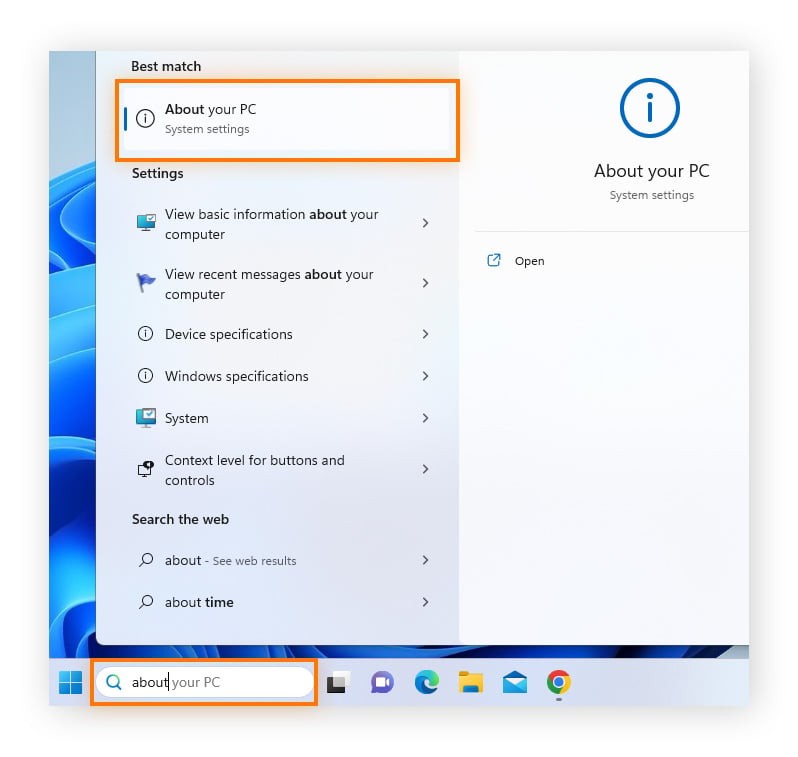

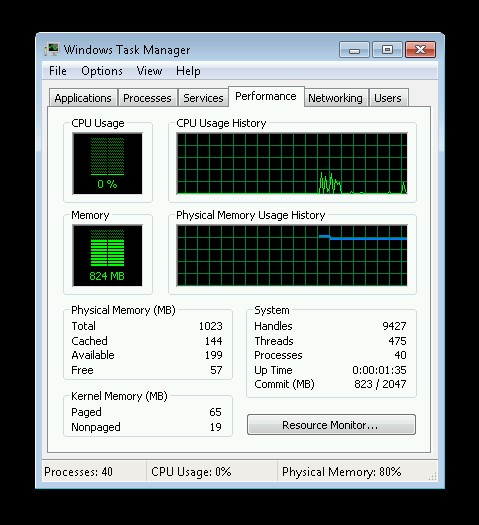
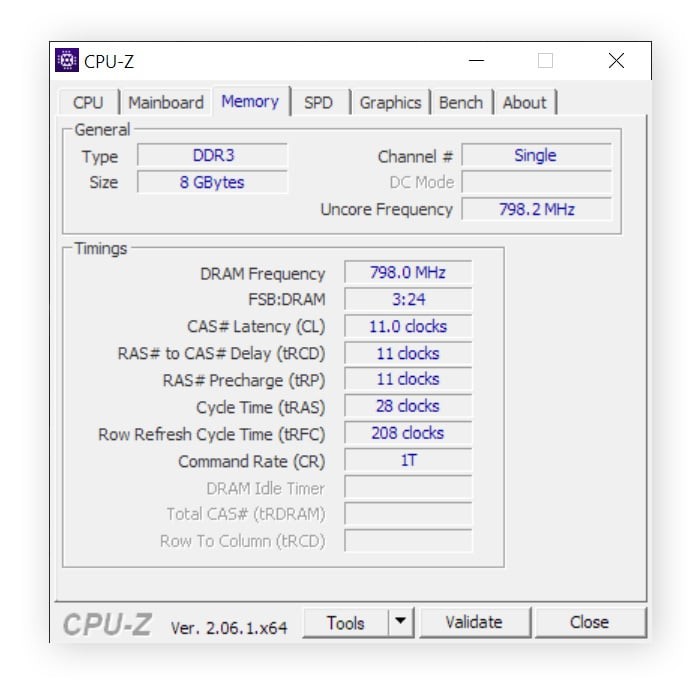
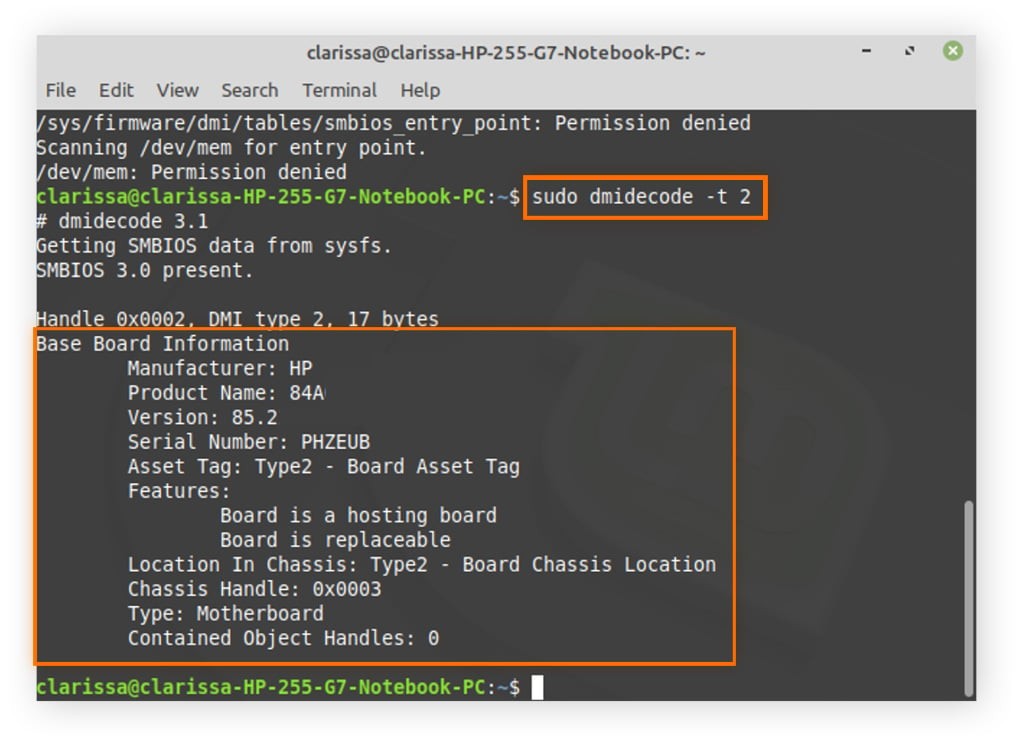
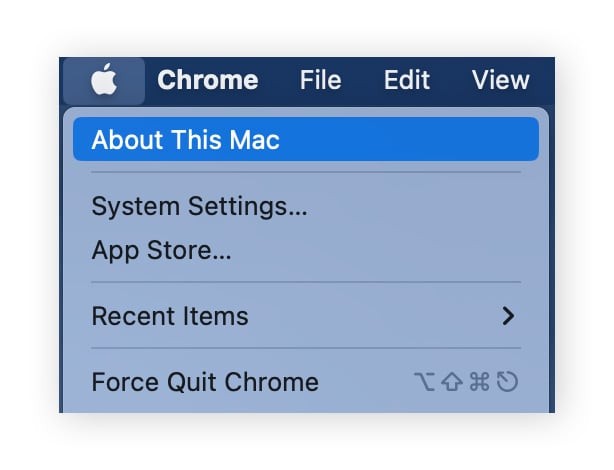
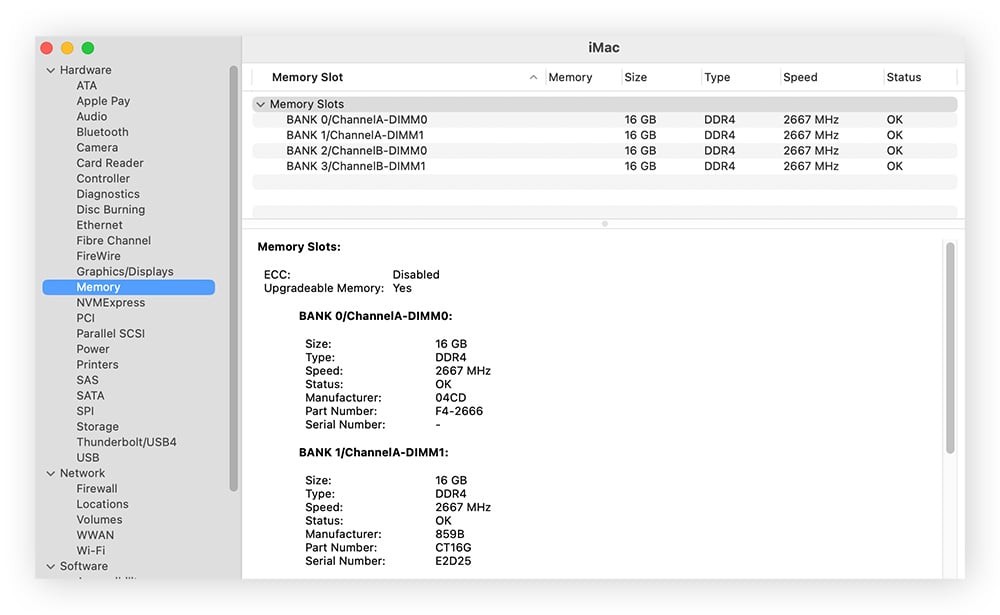
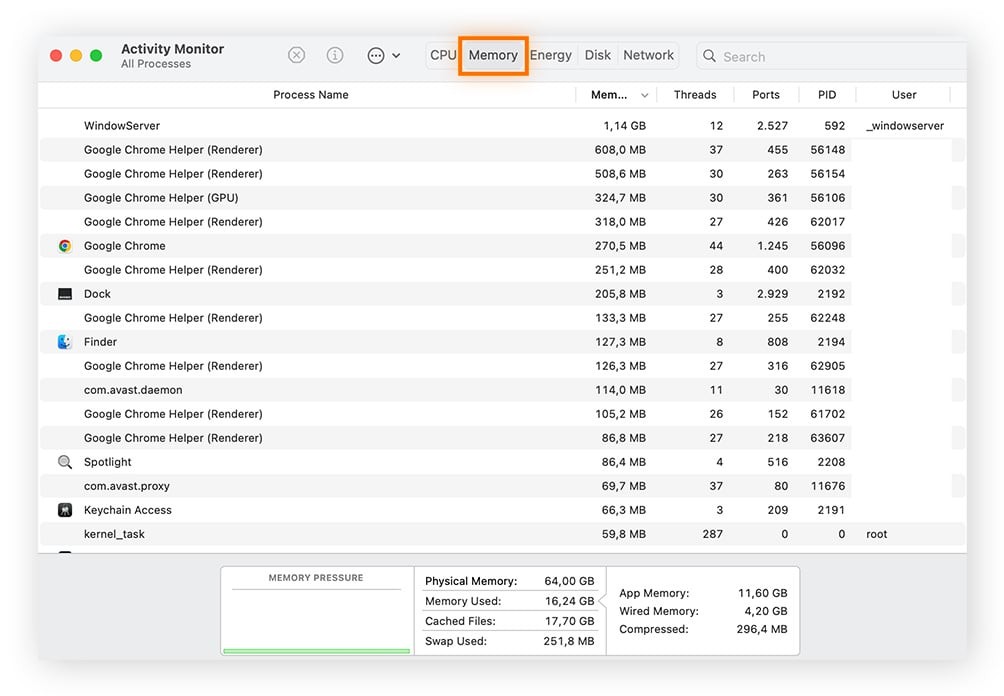
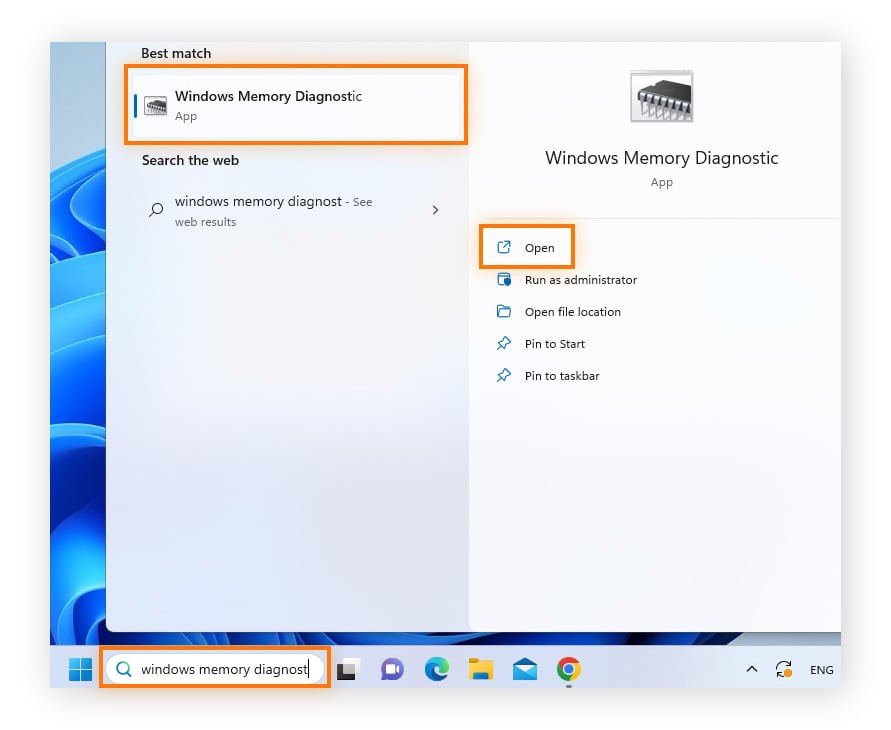
8. Checking for Memory Errors
Memory errors can cause system instability. Windows includes a built-in tool to check for these errors.
8.1. How to Use Windows Memory Diagnostic Tool
-
Open Windows Memory Diagnostic: Type “Windows Memory Diagnostic” into the Windows search box and open the application.
-
Restart and Check: Click “Restart now and check for problems.” Your computer will restart in a diagnostic environment.
-
Wait for the Test: Windows will check your RAM for errors. This process may take some time.
-
View Results: After the test, Windows will restart and display the results. If errors are found, you should replace your RAM.
9. Optimizing RAM Usage
Even with sufficient RAM, optimizing its usage can improve performance.
9.1. Tips for Windows
- Close Unnecessary Programs: Close applications you are not using.
- Disable Startup Programs: Prevent unnecessary programs from launching at startup.
- Run Disk Cleanup: Remove temporary files and system junk.
- Update Drivers: Ensure your device drivers are up to date.
- Use Performance Monitor: Use Performance Monitor to identify and resolve performance bottlenecks.
9.2. Tips for macOS
- Close Unnecessary Programs: Quit applications you are not actively using.
- Use Activity Monitor: Monitor memory usage and identify resource-intensive processes.
- Clean Up Your Mac: Remove unnecessary files, cache data, and duplicate files.
- Update macOS: Keep your operating system up to date to ensure optimal performance.
10. The Importance of Professional Guidance
While these methods help you understand and manage your computer’s RAM, complex issues might require expert assistance.
10.1. Why Seek Expert Advice?
- Accurate Diagnosis: Professionals can accurately diagnose underlying hardware or software issues affecting performance.
- Customized Solutions: Experts can recommend tailored solutions based on your specific needs and usage patterns.
- Time and Cost Efficiency: Professional help can save you time and money by avoiding trial-and-error solutions.
- Reliable Support: Access ongoing support and advice to maintain optimal system performance.
10.2. How HOW.EDU.VN Can Help
At HOW.EDU.VN, we connect you with leading experts who can provide personalized advice and solutions for your computer needs. Our team of over 100 renowned PhDs are ready to assist you with any tech-related challenges.
- Personalized Consultation: Get one-on-one consultations with experts who understand your specific issues.
- Comprehensive Solutions: Receive tailored recommendations for optimizing your system’s performance.
- Cutting-Edge Knowledge: Benefit from the expertise of professionals at the forefront of technology.
- Reliable and Secure: Ensure your data and privacy are protected with our secure consultation platform.
11. Why Choose HOW.EDU.VN for Expert Tech Advice
Choosing HOW.EDU.VN means opting for unparalleled expertise and personalized support. Our team of PhDs brings a wealth of knowledge and experience to help you overcome any challenge, ensuring you receive the best possible solutions.
11.1. Benefits of Consulting Our PhD Experts
- Access to Top Talent: Connect with over 100 PhDs from diverse fields.
- Customized Solutions: Receive advice tailored to your specific needs.
- Time and Cost Savings: Get accurate solutions quickly, avoiding costly mistakes.
- Secure and Confidential: Your data and privacy are always protected.
- Comprehensive Support: From initial consultation to ongoing support, we’re here for you.
12. Ready to Optimize Your Computer’s Performance?
Don’t let slow performance and memory issues hold you back. Contact HOW.EDU.VN today and connect with our expert team to optimize your computer’s performance.
12.1. Take Action Today
- Visit Our Website: Explore our services and learn more about our team at HOW.EDU.VN.
- Contact Us: Reach out via WhatsApp at +1 (310) 555-1212 for immediate assistance.
- Schedule a Consultation: Book a personalized consultation with one of our PhD experts to discuss your needs and receive tailored solutions.
13. FAQs
13.1. Do I need 8 GB or 16 GB RAM?
Whether you need 8 GB or 16 GB of RAM depends on your needs. If you use your computer for basic tasks like web browsing and word processing, 8 GB should be sufficient. However, if you use your computer for more demanding tasks like video editing or gaming, 16 GB of RAM will help ensure optimal performance.
13.2. How much RAM can my PC take?
The maximum amount of RAM your PC can take depends on the model and motherboard. You can find this information in the documentation or by searching online for your PC’s specifications.
13.3. Will 32 GB RAM be faster than 16 GB?
In most cases, 32 GB of RAM will not be noticeably faster than 16 GB for general computing tasks. However, when using memory-intensive applications for video editing or 3D rendering you should see a performance improvement with 32 GB of RAM.
13.4. Can too much RAM slow down your computer?
Too much RAM will not slow down your computer, but it’s a waste of money if you don’t use any applications that could really benefit. Having too little RAM can cause your computer to run slowly or crash. Check the RAM memory to see if you have enough.
13.5. Will upgrading to 32 GB of RAM make a difference?
Upgrading to 32 GB of RAM can make a difference if you use your computer for memory-intensive tasks like video editing. However, you probably won’t see any performance improvement if you primarily use your computer for basic tasks like web browsing and word processing.
14. Conclusion
Knowing how to check your RAM and understanding its usage is crucial for maintaining your computer’s performance. By following the steps outlined in this guide, you can easily determine your RAM capacity, type, and usage on both Windows and macOS. For more complex issues or personalized advice, don’t hesitate to contact the experts at HOW.EDU.VN.
Ready to take control of your computer’s performance? Reach out to us today and experience the difference expert guidance can make.
Contact Information
- Address: 456 Expertise Plaza, Consult City, CA 90210, United States
- WhatsApp: +1 (310) 555-1212
- Website: how.edu.vn
